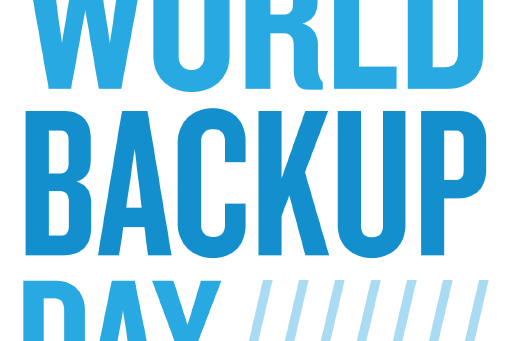How to Back Up Data
How to Back Up Data
Backing up your data is the best way to not ever require our services.
By Northwest Data Recovery Team

March 31 is World Backup Day. We know data loss is traumatic, and as a data recovery company, we hope that you never have to use our services. Because when backups work, you don’t need us, and we can spend our time querying ChatGPT!
For World Backup Day, here are some tips for better backups to safeguard your digital life — your family pictures, those sales projections for your boss, and even those cat GIFs you’ve been collecting.
Important principles for data backup
When creating a backup plan, here are some of the most important things to remember:
- Establish more than one backup
- Simplify the backup process
- Verify your backup
First, back up your data in more than one place. We have seen too many cases where customers did everything right by making regular backups, only to have both their hard drive and their backup fail. Don’t let this happen to you! If you have a backup in the cloud, make sure you also back up to an external drive or another device.
Second, a good backup system is one that is easy to use. This is where cloud storage and file synchronization programs excel. Anytime they see a new or changed file, they automatically copy it to the cloud or other device. It couldn’t be easier than that.
A word of warning!
Be aware that cloud storage and file sync are not sufficient to serve as your only backup method. Sometimes, they can fail without warning, and you must always verify your backup. Here are just a few potential problems you might run into:
- You deleted a file on your computer and the cloud storage does the same.
- The file became corrupted as it was uploaded to the cloud. This is especially true for larger files.
- You reached the capacity of your cloud storage and the file you need didn’t get uploaded.
- The cloud storage provider lost your data (yes, this has happened to our customers before).
Check your backups!
So, while cloud storage and file sync are the most convenient way to back up your data, this leads us to the third principle: check your backups. No matter where your backup is, always verify all the files are there. It is also a good idea to open the backed-up files to make sure there were no problems transferring the files. Lastly, pay attention to your backup program and watch for any error messages. If there are any, be sure to check online for troubleshooting options.
Different ways to back up your data
There are a number of storage options for your backups. Here are some examples:
- Remote backup services
- External storage devices like USB sticks and external hard drives
- Time Machine (for Mac)
- NAS systems (For small business and power users)
- Peer-to-peer file sync programs like Syncthing (open-source) or Resilio Sync (proprietary)
- Other backup programs like ViceVersa
Cloud storage platforms such as Google Drive or OneDrive are another option with several benefits. They are easy to use and mostly automatic. They also can help when disasters like flood, fire, or theft occur.
Data loss happens to everyone, and The Guardian recently published interesting stories of people who had lost data one way or another. These stories are not out of the ordinary and are a good reminder of the importance of backing up your data.
No data backup plan is 100% guaranteed (life does happen, after all!), so if you follow all of these steps and still find yourself in need of data recovery services, give us a call! When backups fail, recovering your digital life is what we do.
